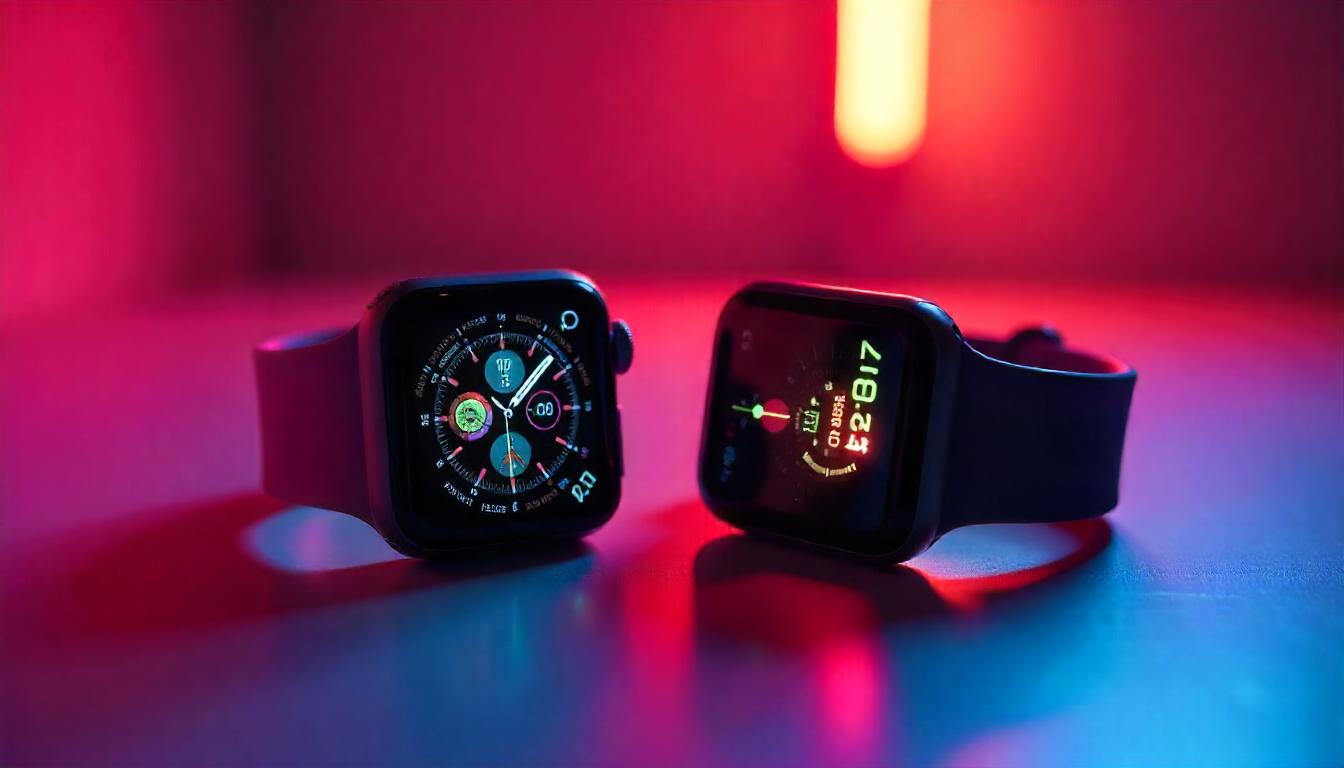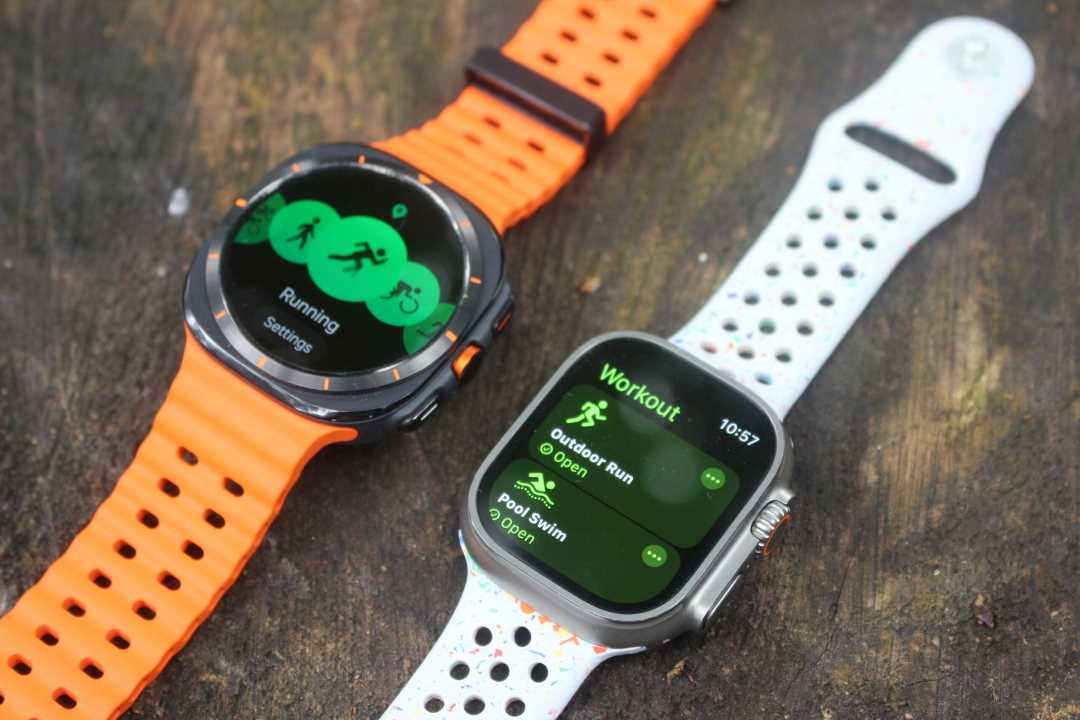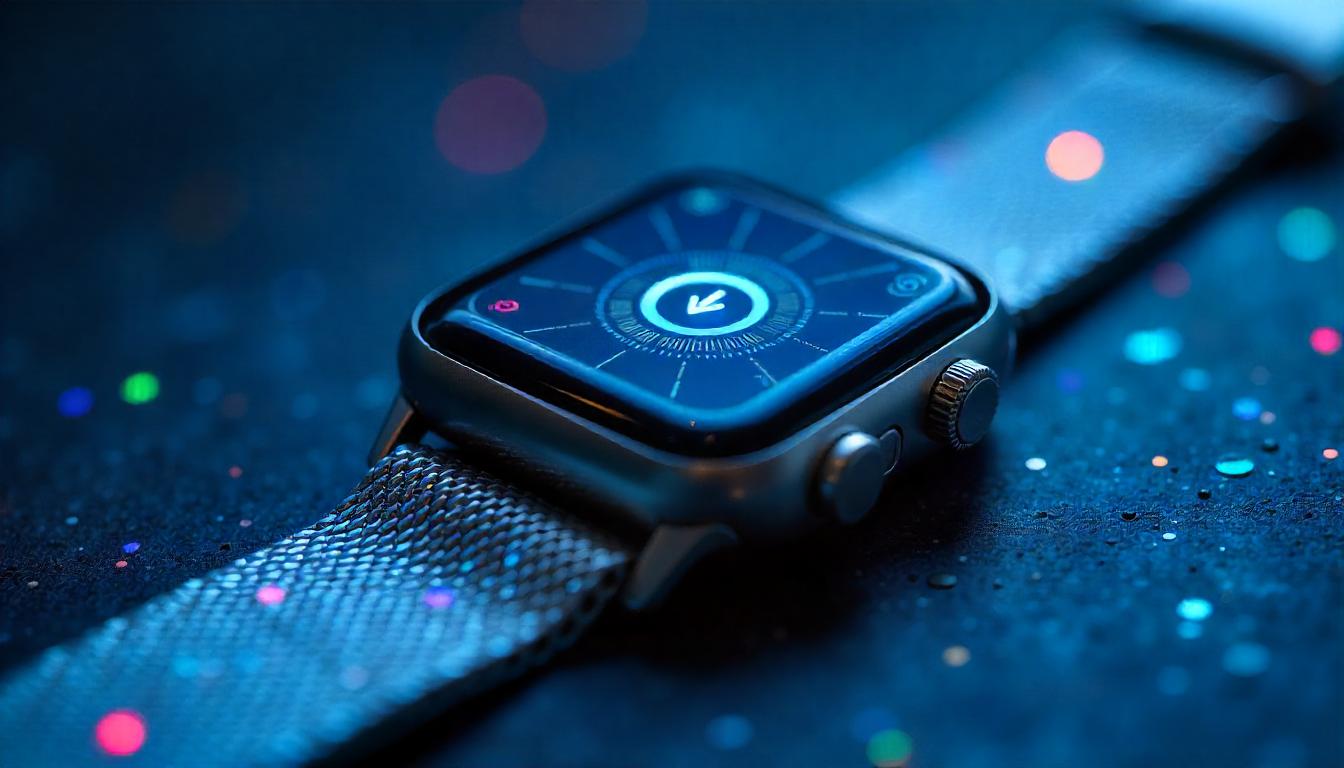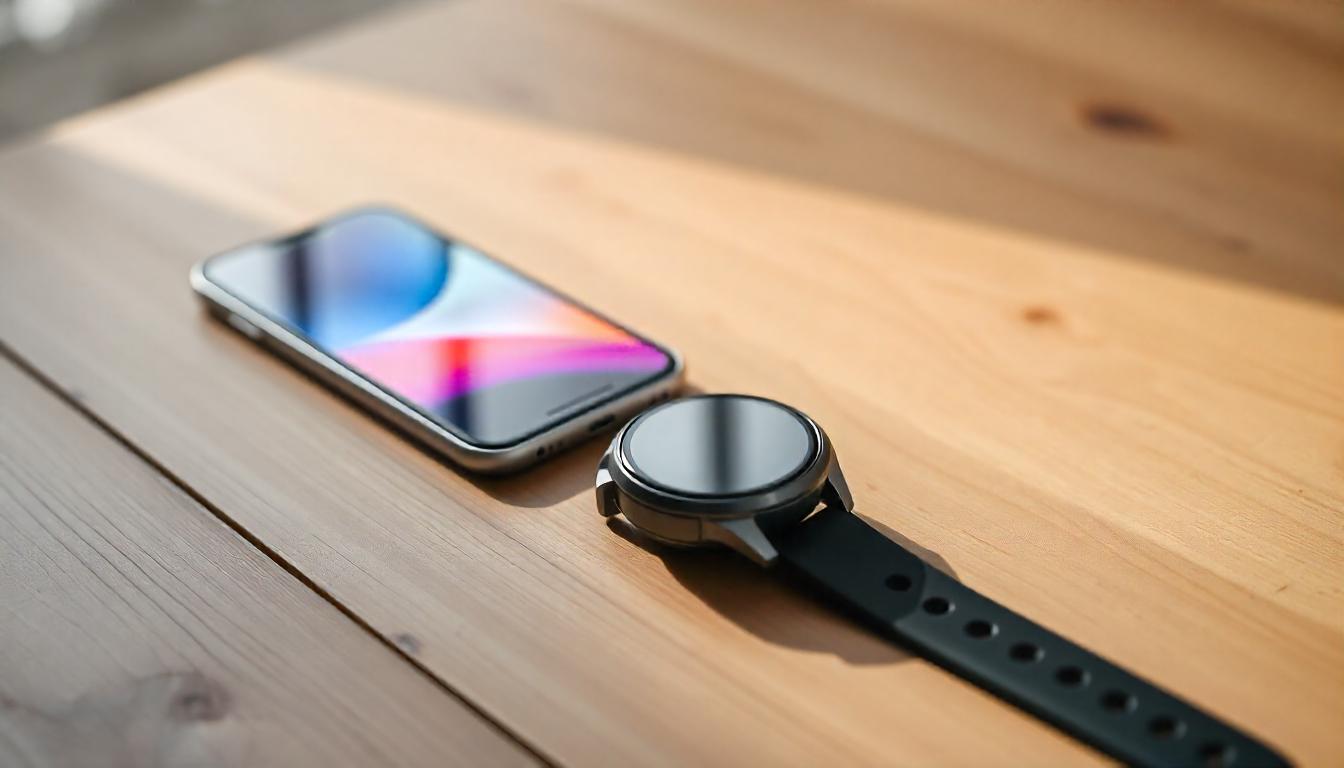Affiliate Disclosure
Please note that Techalf participates in affiliate marketing programs, which means we may earn commissions from products or services purchased through links on our site.
In an age of wearable technology, smartwatches and fitness trackers are in most cases used interchangeably, undermining their uniqueness. When using a new gadget, either to keep in touch or for other sporting purposes, there is no need for confusion, and it can get you some money back. A discussion on the differences in the construction of these devices, their functions as well as the target audience with the help of examples will clarify the issue even further.
Design and Aesthetic
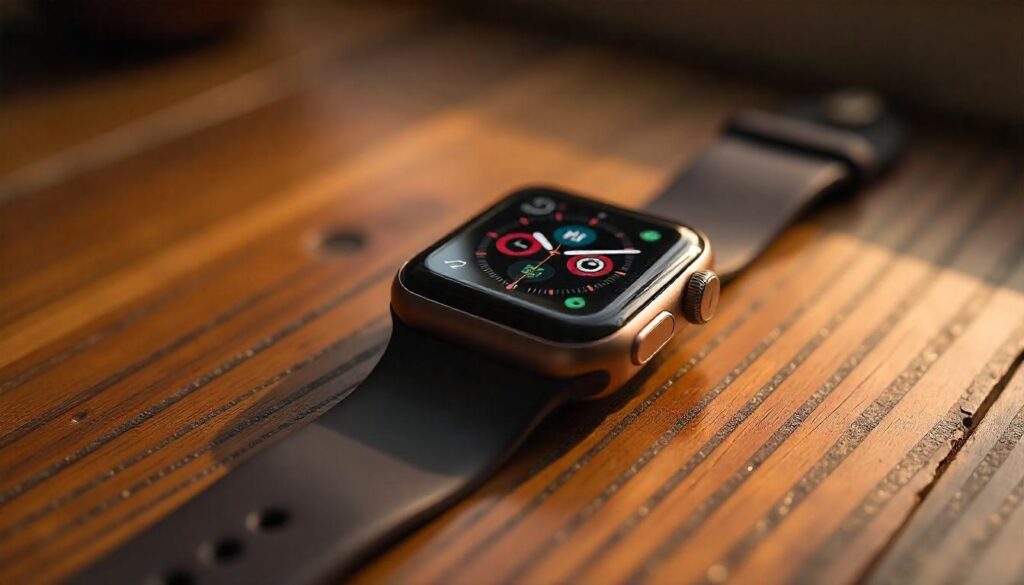
While comparing smartwatches and fitness trackers, the first thing that strikes one is the design differences of the gadgets. Fitness trackers such as the Fitbit Charge 6 or the Huawei Band 8, on the other hand, have a slender and minimalist design. These items are designed with a one purpose in mind, ease of use, and often features a narrow rectangular display, if any. Since practicality is more important than style, a fitness tracker is designed to fit snugly for exercise and wearing for the rest of the day.
Smartwatches are becoming more fashionable than functional devices. Consider the case of the Apple Watch Series 10 and also the Samsung Galaxy Watch 6 these are some of the models featuring larger, customizable displays alongside sleek materials wearing bands like stainless steel or aluminum. One look at a smartwatch tells you it is a fashion statement something that has added a bigger screen in its contour allowing interactivity that includes reading messages and even navigating apps.
Functionality: Everyday Use vs. Dedicated Fitness
Fitness trackers have nonetheless fitness in them. They suit anyone who wishes to only track particular aspects such as steps taken, sleeping hours to the heart rate without the other added feature of other applications and notifications. Devices such as the Garmin Vivosmart 5 focus on the improvement of health and wellness with stress level tracking and hydration reminders even blood oxygen level monitoring being a part of it.
SYet smartwatches aren’t limited only to fitness. Yes, they are capable of tracking the number of steps taken or the calories burnt, but they also act as a mini phone right on your wrist. With a smartwatch you are able to text or make calls, control a music app, and even receive Google Maps navigation. Gadgets such as Samsung Galaxy Watch 6 also allow Bluetooth calls or use Samsung Pay and Google Wallet. The dynamic nature of Smartwatch makes them a great choice for anyone who wants all-in-one functionality.
Health Tracking: Basic Metrics vs. Advanced Insights
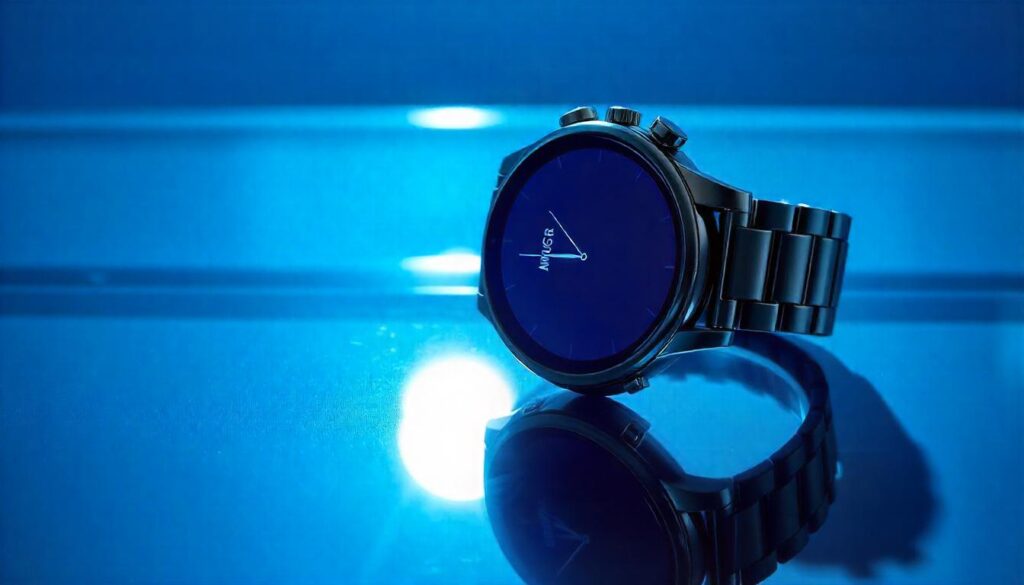
Both devices have their healthy metrics but their focus is different. Wellness and fitness is the main emphasis of a fitness tracker. Take for example, the Fitbit Charge 6. It has constant monitoring of heart rate , tracking of sleep patterns and active reminders of activities which encourage movement during day. To cater to the users who are health conscious, many fitness trackers include women’s health menstrual cycle tracking, breathing exercises and stress management.
Smartwatches do compete in terms of offering these capabilities, however, they do not seem to offer or focus on these health metrics as much. They throw a broader picture instead. Some advanced models like Apple Watch Series 10 however seem to offer these features with a slight dilution in the picture offered. They do provide ECG monitoring, blood oxygen sensors and temperature tracking for ovulation prediction. These features however, seem to be the extra features of the watch and more often than not has an additional cost on the watch, thereby, not being an essential part.
Battery Life: The Power Struggle
However, while statistics suggest that fitness trackers have adequate charging, the Amazfit Band 8 has an efficient battery performance and weight, compliments associated with less multitasking and a format with a smaller screen. This means that you can use them without being required to charge every night which is perfect for users that do not want any inconveniences with plug-in charging.
Smartwatches, on the other hand, usually need a recharge every one to two days. Their larger, always-on displays and advanced capabilities consume more power. The Apple Watch Series 10, for instance, offers about 18 hours of battery life with heavy use, while the Garmin Venu 3, a smartwatch hybrid, stretches to a few days thanks to its efficient design.
This difference might not seem like a big deal until you’re halfway through a busy day and your smartwatch is begging for a charge.
Cost: Affordable Simplicity vs. Premium Features

However, while statistics suggest that fitness trackers have adequate charging, the Amazfit Band 8 has an efficient battery performance and weight, compliments associated with less multitasking and a format with a smaller screen. This means that you can use them without being required to charge every night which is perfect for users that do not want any inconveniences with plug-in charging.
Because they serve multiple functions, smartwatches can be expensive. The former, for example, is anticipated to be more than 400 dollars while the latter is reported to start at 300 dollars. Nonetheless, the apps, calls, or GPS functionalities that some users require worth the investment.
Who Should Choose What?
A fitness tracker is best if you want to limit the number of functionalities that are offered so that you can focus on solely health tracking and improving your fitness. These devices are best suited for anyone that is looking for comfortable devices which they can wear while working out without having to hold their phone. Providing ease of use, while providing reliable battery life, fitness trackers can be seamlessly worn for almost every occasion, be it at the office or while working out.
Although, if your requirement is to own a watch that has both lifestyle and smart functions, then a smartwatch would be the best. Messages, music, maps, and various other features can easily be available at the user’s wrist. It is like a smart device that counts your step among other things. A smart watch is excellent for busy people, including career-oriented women, active personnel, and tech-savvy people as they can manage their work and other activities efficiently.
The Middle Ground: Hybrid Devices
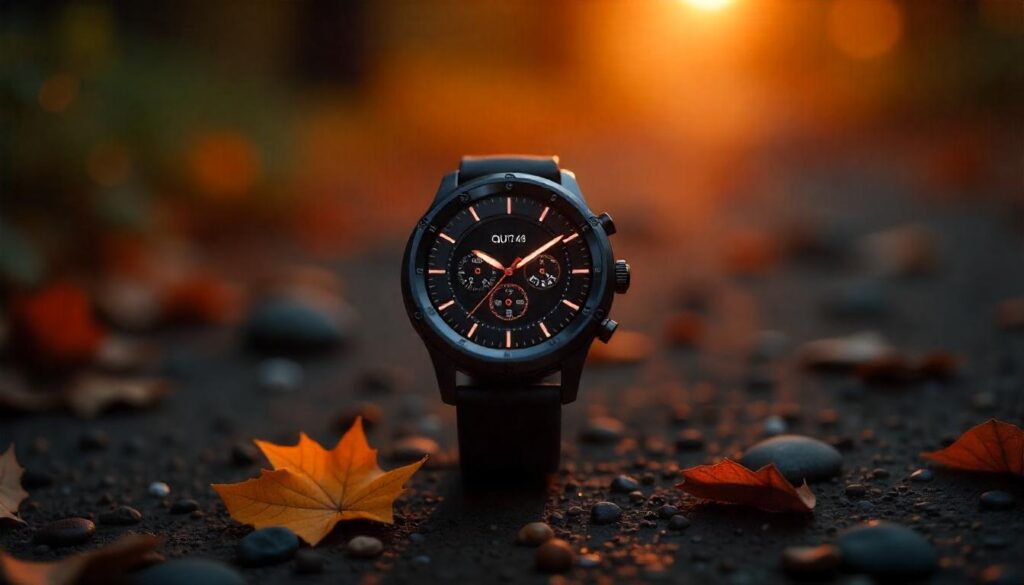
Interestingly, some gadgets are positioned in between the smartwatch and the fitness tracker, offering a bit of both. For example, the Garmin Venu 3 or Fitbit Sense 3 boast sophisticated fitness tracking capabilities while also featuring basic smart functionality and elegant designs. Such hybrid devices are appealing to those who do not wish to devote themselves to a particular device type.
Final Thoughts
This connection, however, does not deny that other differences exist between smartwatches and fitness trackers, even if the older ones are still maintained. Fitness trackers are best known for their uncomplicated designs, which are aimed at tracking health, while smartwatches have broad functionality and connectivity. Regardless if you are an athlete, a business man or an average person, be sure that there is a gadget made specifically for you. When you know what you want the most, be it price, features, or appearance, it will be easy to select a suitable gadget to suit your lifestyle perfectly.












